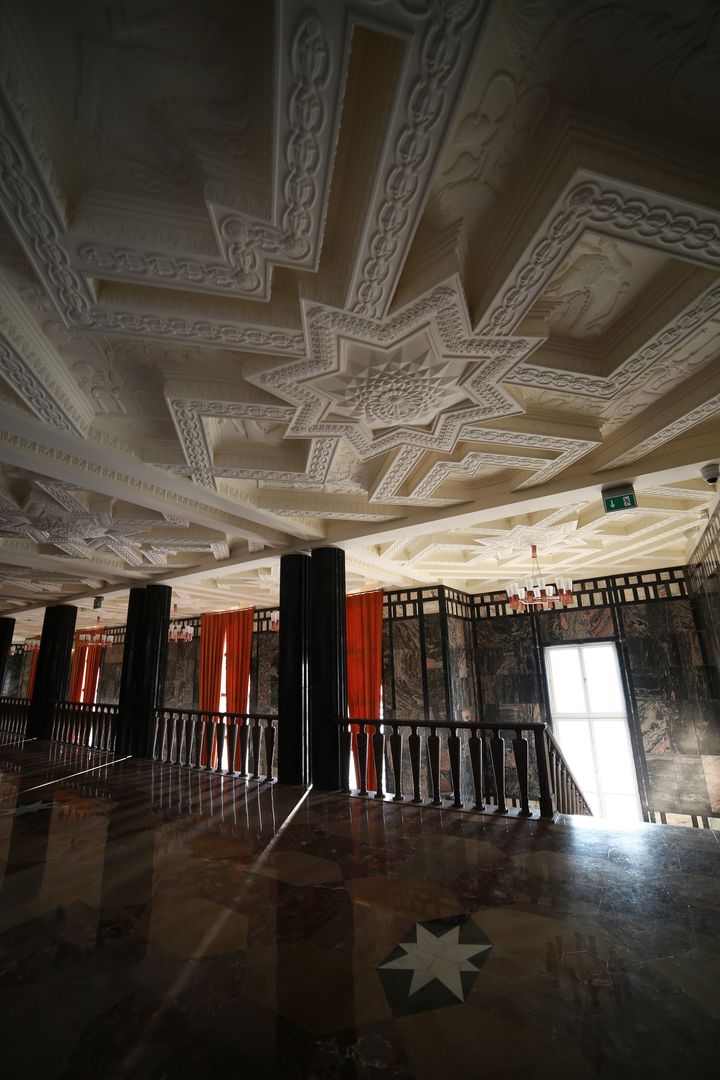Zagłębie Palace of Culture
6.49

Overview
The Palace of Culture of the Zagłębie Region, built between 1951 and 1958 according to the design of Zbigniew Rzepecki, is a monumental example of the socialist realist style. Its architecture is characterized by rich ornamentation, marble finishes, and spacious halls. With a volume of 38,000 m², the building houses numerous attractions, including a Theater Hall capable of accommodating 588 people, as well as various conference rooms, an art gallery, and cafes. Constructed from red brick and sandstone, and featuring a centrally located crown-shaped tower, the facility has been the heart of Dąbrowa Górnicza's cultural life for nearly 60 years.
Its history dates back to 1945, when Governor Aleksander Zawadzki initiated the establishment of the institution, which opened in 1958 as the House of Culture of the Zagłębie Region. Over the years, the institution changed its name multiple times, with Karol Ścieżka serving as its first director. The Palace also housed the Municipal Public Library and was an important cultural venue that promoted art through exhibitions and concerts. In 2004, the Zagłębie Music Stage was established, and in 2006, the renovated Theater Hall was reopened. In 2007, the KADR Cinema was launched, becoming the first educational cinema in the region.
The Palace of Culture of the Zagłębie Region combines cultural and educational functions by organizing artistic workshops, exhibitions, and programs for children, youth, and seniors. It hosts the University of the Third Age and numerous neighborhood clubs, offering a variety of artistic activities. Between 2011 and 2014, the building underwent a major renovation, modernizing it and enhancing its functionality.
Registered as a historical monument, the Palace is an important part of Silesian culture, hosting events such as the International Wind Orchestra Festival and art competitions. An interesting fact is that since 1972, the Gallery of Fine Arts has been operating within the building, promoting local artists, which underscores the vibrancy of the region's cultural life. Currently, the director of the Palace is Grzegorz Drygała, and the institution continues to play a vital role in the local community, providing a space for all artistic circles.
Location
2025 Wizytor | All Rights Reserved